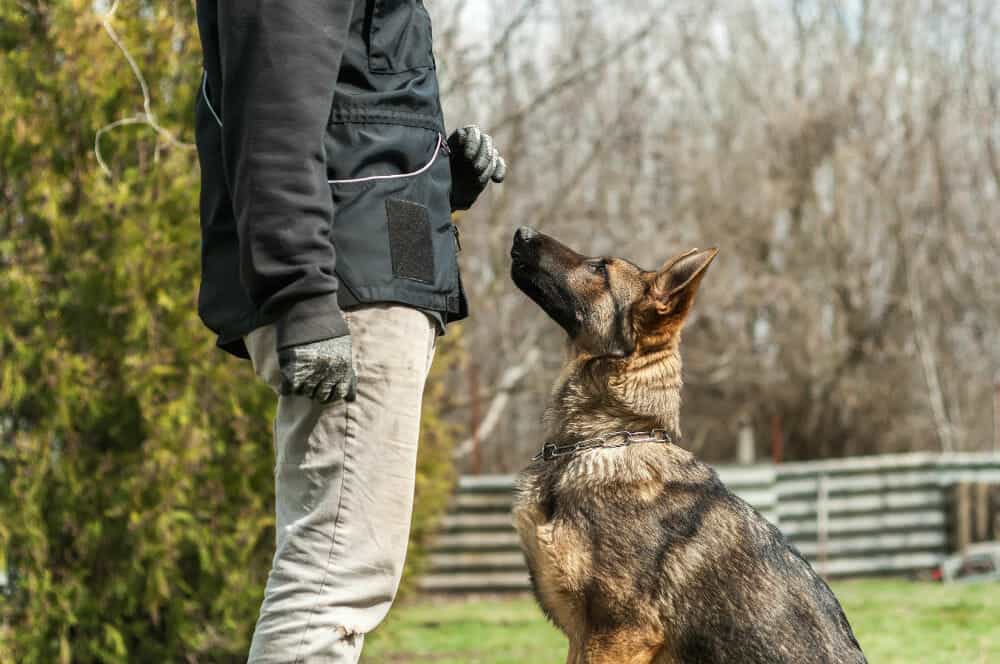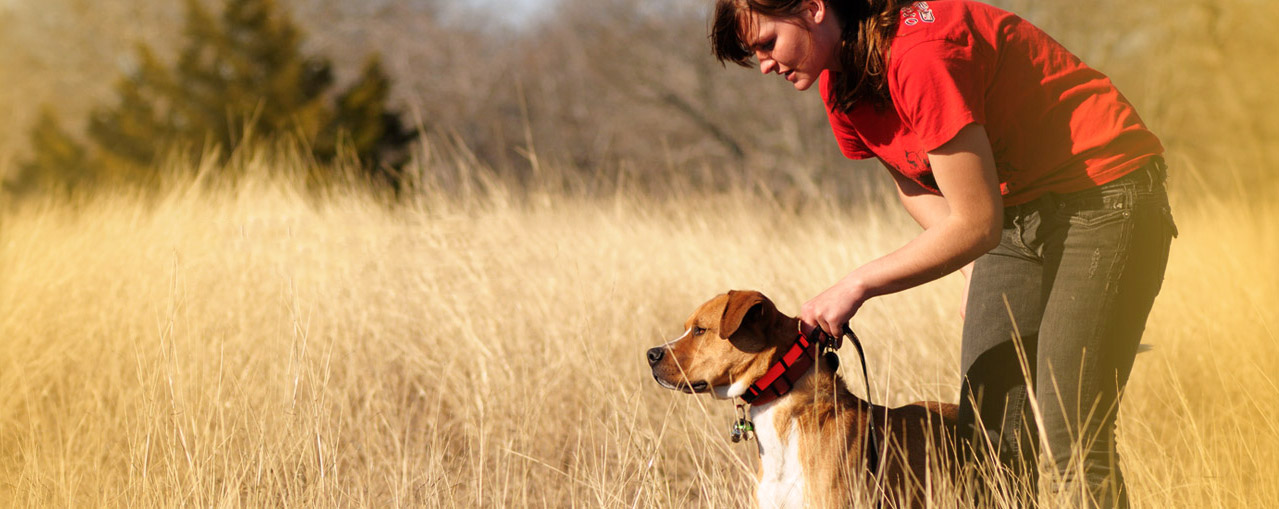The Advantages of Early Dog Training for a Well-Behaved Family pet
The Advantages of Early Dog Training for a Well-Behaved Family pet
Blog Article
Vital Tips for Successful Dog Training: A Guide for Pet Dog Owners
Effective dog training is a multifaceted process that needs a calculated technique customized to both the animal's personality and the proprietor's objectives. Comprehending exactly how to navigate these barriers can significantly boost the training experience, eventually changing the partnership between proprietor and pet dog.
Recognizing Canine Habits
Understanding pet habits is necessary for efficient training and fostering an unified relationship between dogs and their proprietors. dog training. Dogs connect mainly through body language, vocalizations, and actions, making it critical for owners to analyze these signals properly.

Socializing plays a significant role in pet dog behavior; direct exposure to different environments, individuals, and various other pets can significantly influence a pet's temperament. Moreover, variables such as breed features and private temperament ought to guide training methods, as some breeds might have details behavior qualities that require customized techniques. By recognizing these components, proprietors can create an encouraging setting that encourages positive habits, resulting in effective training outcomes and a deeper bond with their animals.
Establishing Constant Commands
Efficient communication with your canine starts with developing regular commands. This foundational element of training is vital for cultivating understanding in between you and your animal. Consistency in the commands you utilize ensures that your pet can dependably link specific words or phrases with the wanted actions.
When selecting commands, pick clear, distinctive words that are simple to say and separate from each other. Stay clear of utilizing similar-sounding commands that might puzzle your canine. Using "sit" and "stay" is proper, however "rest" and "struck" can lead to misconceptions.
In addition, maintain the very same tone and quantity for every command. Canines are sensitive to singing hints, so varying your tone can create complication.
It is similarly crucial to ensure that all relative are on the exact same page regarding the commands used. A united front in command usage will certainly protect against blended signals and reinforce the understanding process.
Positive Reinforcement Strategies
The power of favorable support in canine training depends on its capability to motivate wanted behaviors via benefits and appreciation. This method is grounded in the principle that behaviors followed by desirable outcomes are extra most likely to be duplicated. By incorporating favorable support into your training program, you can effectively shape your pet's behavior in a constructive manner.
To execute positive support, it's necessary to recognize what inspires your pet, whether it be deals with, toys, or spoken appreciation. When your pet dog executes a wanted activity, such as remaining on command, promptly reward them with a reward or affection. This association in between the command and the positive end result reinforces their understanding.
It's essential to timing the incentives properly; supplying the support within secs of the wanted behavior helps your pet dog make the link (dog training). In addition, uniformity is essential-- ensure that all household participants utilize the very same commands and benefit systems to stay clear of complication

Slowly, you can decrease the frequency of deals with as your pet dog finds out the behavior, transitioning to praise or recurring rewards. This approach not just fosters a solid bond between you and your dog however also advertises a positive knowing atmosphere, making educating a pleasurable experience for both.
Socialization and Interaction
Regularly subjecting your pet to a variety of settings, individuals, and various other pets is important for their social development. Socializing needs to start early, ideally throughout the essential home window of 3 to 14 weeks, when pups are most receptive to new experiences. However, older canines can additionally profit from continuous socializing efforts.
Present your dog to different settings, such as important source parks, pet-friendly shops, and city areas. This direct exposure helps them adapt to different stimuli, reducing anxiousness and important source fear feedbacks. Urge favorable interactions with various other canines and individuals, making sure that these experiences are regulated and safe to cultivate self-confidence.
Utilize organized playdates with courteous pet dogs, as this can boost your dog's social abilities and teach them suitable actions. Obedience courses and training sessions additionally offer excellent chances for socializing, permitting your canine to interact with others in a supervised atmosphere.
Monitor your pet's body movement during communications, as this will assist you assess their comfort level. Gradually boost exposure to more challenging scenarios while guaranteeing that each experience is favorable. A well-socialized pet dog is more likely to display well balanced behavior, making them a happiness to have in any kind of setup.
Dealing With Typical Training Difficulties
Every pet dog owner will experience training challenges at some point, no matter their canine's age or socialization level. Recognizing typical issues such as stubbornness, disturbances, and fearfulness can aid in developing effective approaches for improvement.

Interruptions during training sessions can hinder focus. To combat this, begin training in a silent environment with very little stimuli. Slowly present diversions as the pet becomes more skilled in commands. Short, frequent training sessions are additionally effective in keeping interest.
Fearfulness can impede a canine's knowing procedure. Steady desensitization to the resource of concern, coupled with positive support, can aid reduce anxiety. Persistence is vital; never force a pet dog right into a situation that creates distress, as this might worsen the concern.
Inevitably, understanding and resolving these common challenges with an organized method will cultivate a more productive training experience, strengthening the bond between dog and owner while promoting effective learning.
Final Thought
In summary, successful canine training relies on an extensive understanding of canine habits, the establishment of consistent commands, and the application of positive reinforcement methods. Socializing plays a critical role in developing well-adjusted pets, while addressing typical training difficulties calls for patience and versatility. By implementing these necessary methods, pet owners can foster a solid bond with their canines and promote desirable actions, eventually leading to an unified relationship between people and their canine friends.
Recognizing canine habits is important for effective training and fostering a harmonious partnership between dogs and their proprietors.Socializing plays a considerable role in pet actions; direct exposure to different environments, people, and various other animals can considerably influence a pet dog's personality.The power of favorable support in canine training lies in its ability to urge wanted habits via benefits and praise. By integrating favorable support right into your training regimen, you can efficiently shape your pet dog's behavior in a useful manner.
In summary, successful pet dog training counts on a detailed understanding of canine actions, the facility of constant commands, and the application of favorable reinforcement techniques.
Report this page